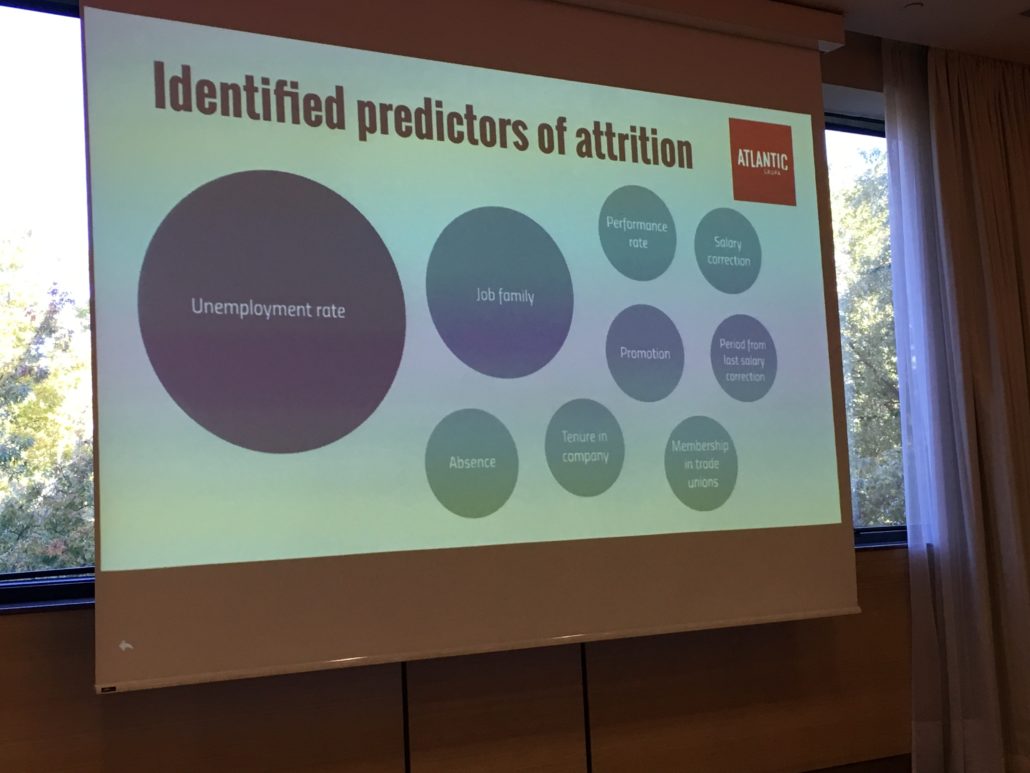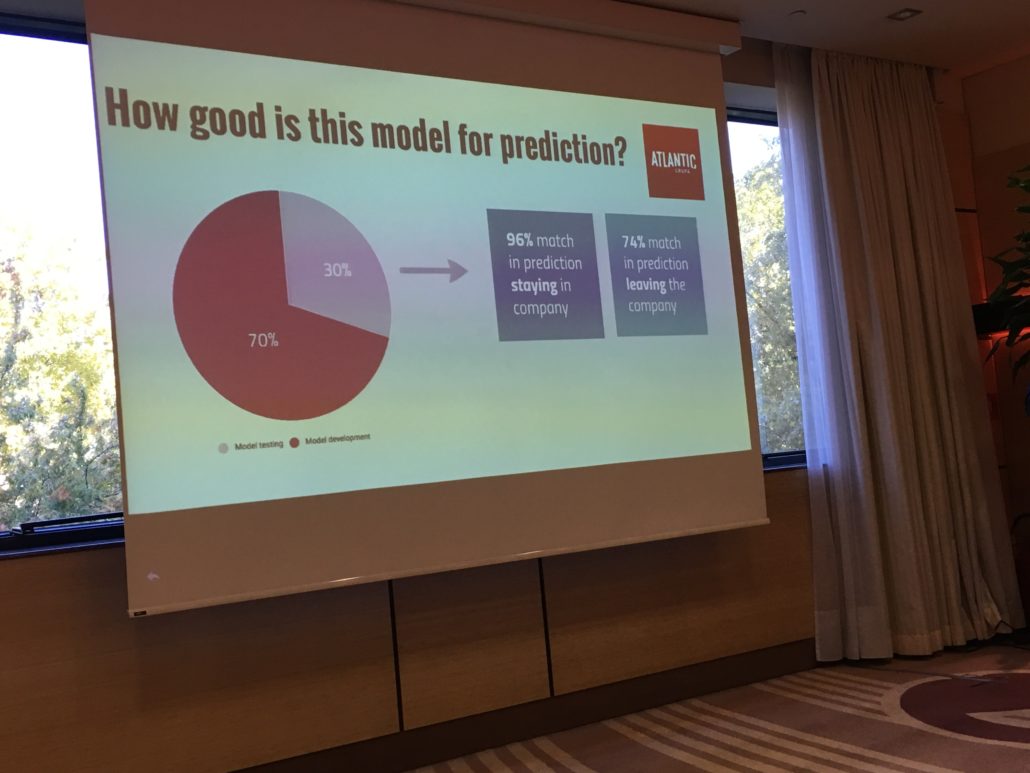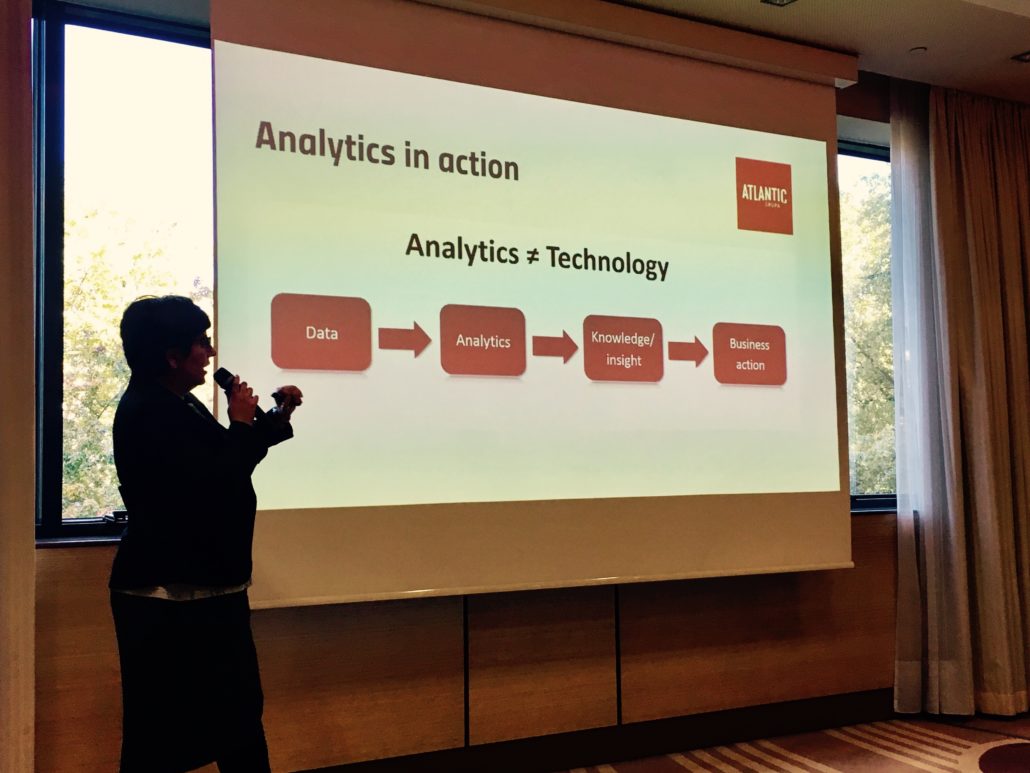Starting with people analytics? Here is your help for a good start!
 Looking for a real hand-on people analytics guide? Here is the one!
Looking for a real hand-on people analytics guide? Here is the one!
The Power of People: Learn How Successful Organizations Use Workforce Analytics To Improve Business Performance
Why is it worth reading?
The book is full of tips and easy to understand examples. It written by experts who spent many years of their careers driving better business results through people analytics (including such organizations as IBM) and now sharing their knowledge with others.
My fav part is… case studies part
The ones I really recommend are:
- Nielsen: improving Careers Through Retention Analytics
- ISS Group: From Employee Engagement to Profitability
- Rentokil Initial: Growing Sales Using Workforce Analytics
Worth investing in is also a vignettes part – where you will find specific practical tips from the experts.
Interesting gains from the book for me!
A small but interesting part on of Traditional Statistics versus Machine Learning where it is clearly stated when use what and who should decide on that and a part on consulting model using people analytics from the practitioners perspective.
Where to buy it? The simplest way just download on Amazon.
Read the #PAF17 in Zagreb here PAF17 Croatia is over!




